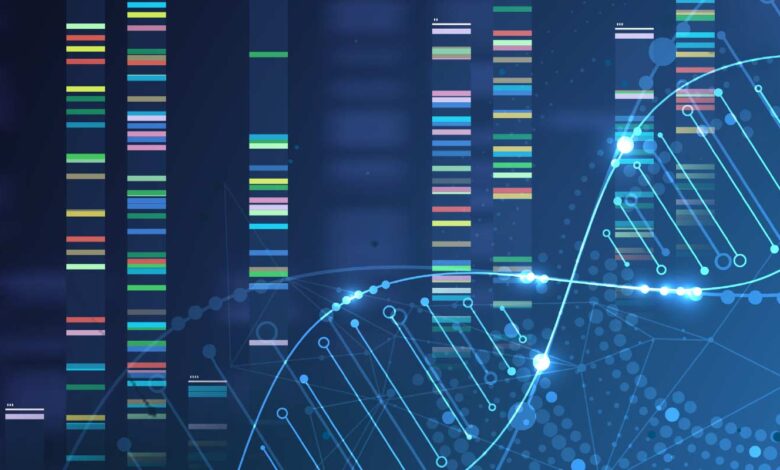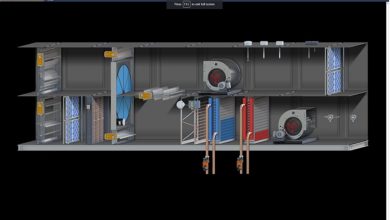The Revolutionary Effect of Next Generation Sequencing on Cancer Research

Innovations in equipment and software to conduct next generation sequencing are revolutionizing how the medical profession is doing cancer research.
Humanity’s ability to understand its genetic code and then use this knowledge not only to identify diseases but also to develop therapies is taking off, since the discovery of the double helix structure of DNA during the middle of the last century.
Now, scientists have at their disposal massively parallel sequencing of DNA. With next generation sequencing, you can obtain details from a patient’s sample and compare any mutated genetic sequences with the human genome reference, which researchers finished back in 2003, a process that took them a decade.
Here is an overview about how next generation sequencing is revolutionizing cancer research today.
Next Generation Sequencing a Crucial Tool in Oncology Studies
When it comes to next generation sequencing or NGS, using this tool in the field of oncology is showing promise. A recent report from the medical journal Cancers noted that one of the leading causes of death around the world is cancer. It’s common knowledge that cancer can result from mutations or changes in the human genome. Uncontrolled growth at the cellular level in combination with a shutdown or suppression of signals that cause cells to die means we need to evaluate damaged DNA for treatments and repair modalities.
Two major consortia have formed to analyze and process next generation sequencing data derived from a range of cancers. In the case of The Cancer Genome Atlas, the researchers are focused on exome sequencing, while the International Cancer Genome Consortium aims at whole genome sequencing. These groups are looking at human genetic mutations from thousands of cases representing more than 30 types of cancer.
The catalog of genetic information related to oncology is showing the characteristics of cancer at the molecular level. They can see which mutation patterns tend to recur in tissues, no matter which tissue the cancer originated in.
Doctors are seeing they can study tumor transcriptome, using NGS to identify fusion genes. This allows better insight into the tumor microenvironment. For example, you may determine how non-coding RNA sequences play a role in promoting tumor growth by tracking how these RNAs regulate gene expression involved in the plasticity of cancer cells.
Liquid Biopsies
Sometimes taking a tissue sample is not appropriate or possible for identifying a patient’s cancer. Thanks to NGS and its ability to apply its technology to a sample, a doctor can order a liquid biopsy when other options are unavailable.
Technicians in the lab can sequence cell-free DNA (also referred to as “cfDNA”) from a blood sample. Less-invasive testing can increase the level of community oncology screenings. What’s more, when you sequence the genetic code of cancerous samples, you are in a position to offer patients a customized treatment plan based on their particular genetic mutations.
High Throughput RNA Analysis to Complement Screenings for Mutations in Patients
Scientists are now using next generation sequencing to great effect, gaining unprecedented levels of transcriptomic data and genomic data, linking polymorphisms and mutations in patients to the individual responses patients’ tumors actually have to therapies.
This is based on the researchers using NGS information to curate genetic profiles. Frontiers in Oncology describes using high throughput RNA analysis (of the transcriptome) to complement oncology clinics screening for patients with mutations.
The idea here is that identifying precise cancer mutations and the related expression biomarkers will be useful when doctors make a diagnosis as well as when a physician tailors a customized treatment made at the molecular level.




